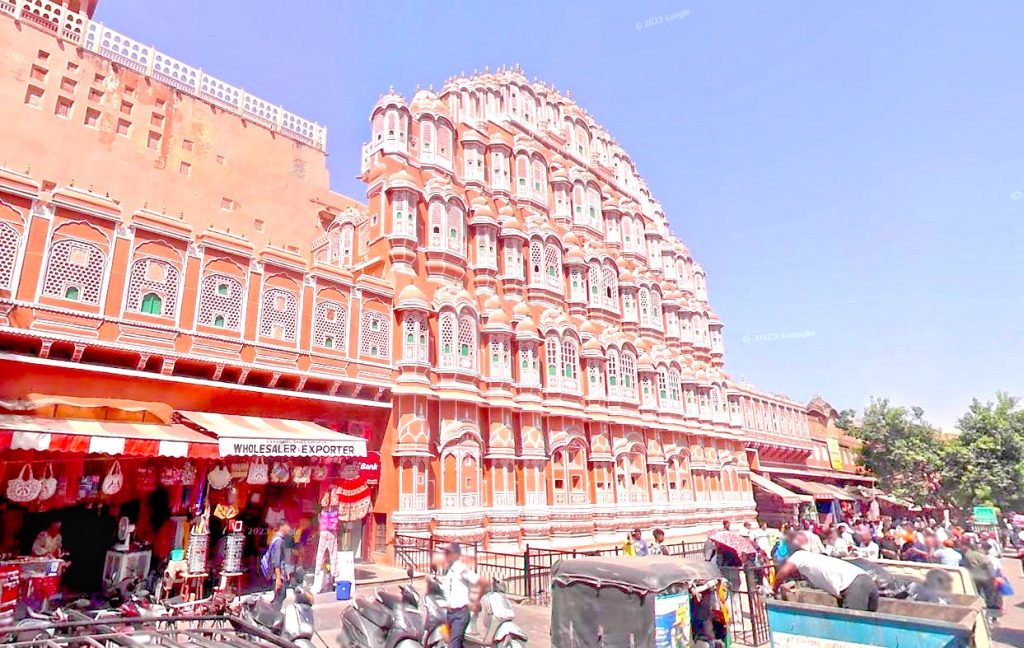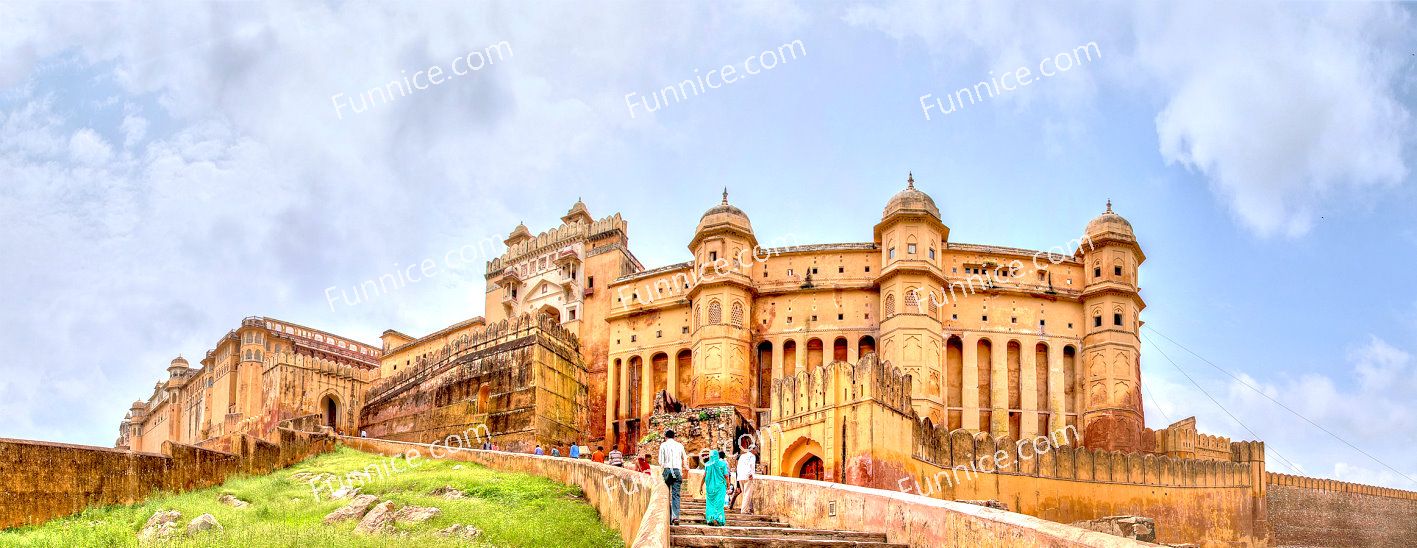Nestled in the heart of Jaipur, the capital of Rajasthan, stands the enchanting Hawa Mahal, a marvel of Rajput architecture and a testament to India’s regal past. Built in 1799 by Maharaja Sawai Pratap Singh and designed by Lal Chand Ustaad, this “Palace of Winds” captivates visitors with its delicate beauty and historical significance.
The Hawa Mahal rises five stories high, its iconic pink and red sandstone façade adorned with 953 intricately carved windows, or “jharokhas.” These small windows, reminiscent of a honeycomb, not only lend an ethereal charm to the structure but also serve a practical purpose. During the era of purdah, when royal women adhered to strict veiling practices, these windows allowed them to observe the bustling streets below without being seen. The lattice design facilitated a natural cooling effect, allowing the breeze to flow through, which is how the palace earned its name.
Unlike many grand palaces, Hawa Mahal lacks elaborate interiors or lavish halls. Instead, its charm lies in its purpose and design. The narrow corridors, small chambers, and steep ramps lead visitors through a maze-like experience, connecting them to the whispers of history that linger within its walls. The palace extends to the zenana, or the women’s quarters, of the larger City Palace complex, highlighting its role as a secluded retreat for the royal ladies.
At sunrise, the Hawa Mahal is at its most splendid. The soft, golden light dances across its pink façade, creating a dreamlike spectacle. Tourists and locals alike gather to witness this serene moment, where history and beauty intertwine seamlessly.
Today, Hawa Mahal is not just a historic site but a vibrant symbol of Jaipur’s heritage. It draws visitors from around the world, each captivated by its stories, architecture, and the timeless breeze that continues to flow through its walls. The palace remains a reminder of an era when art and architecture were intricately woven into the fabric of daily life, leaving behind a legacy that still inspires awe and wonder.



